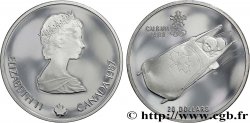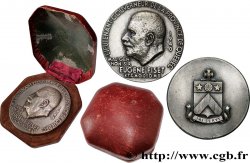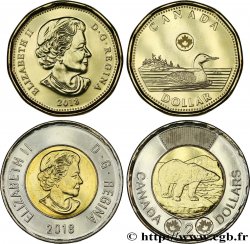Obverse
Obverse legend : ELIZABETH II 20 DOLLARS.
Obverse description : Portrait à droite de Elisabeth II.
Reverse
Reverse legend : 2010 / CANADA.
Reverse description : Pommes de pins.
Commentary
Historical background
CANADA
On February 15, 1965, on Parliament Hill in Ottawa, the ceremony to unveil the Canadian flag took place, in the presence of Governor General Georges Vanier, Prime Minister Lester B. Pearson and Cabinet members, as well as thousands of citizens. First descend the Red Ensign, bearing the Union Jack and the shield of the Royal Arms of Canada. Then, at the stroke of noon, we hoist the maple leaf. The crowd then sings the national anthem O Canada followed by the royal anthem God save the Queen. The words spoken that day by Maurice Bourget, President of the Senate, give an even more symbolic meaning to this flag: "The flag is the symbol of the unity of the nation, because it represents without a shadow of a doubt all citizens of Canada, without distinction of race, language, creed or opinion". The second largest country in the world by area, Canada occupies most of North America. It stretches east to west from the Atlantic Ocean to the Pacific Ocean and north to the Arctic Ocean and it shares two borders with the United States to the south and northwest (Alaska). First occupied by Aboriginal peoples, the country was born from the union of three British colonies, which were French colonies at the time of New France.. Today it is a federal state of ten provinces and three territories. Canada gained its independence from the United Kingdom peacefully in a process that spanned from 1867 to 1982.










 Report a mistake
Report a mistake Print the page
Print the page Share my selection
Share my selection Ask a question
Ask a question Consign / sell
Consign / sell
 Full data
Full data










